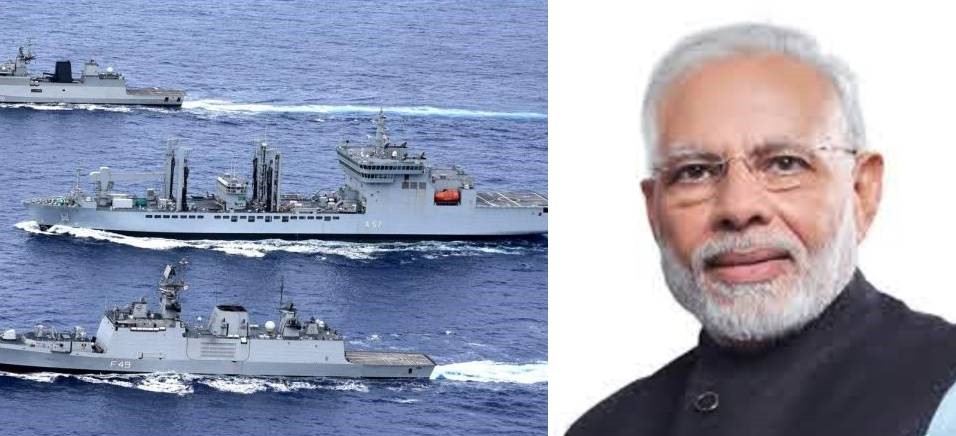Diplomacy needs to be in consonance with its times and in the multi-polar world, the countries need to manoeuvre with the changing tides on a daily. The Indian Prime Minister Narendra Modi has chosen the best man for these challenging times, External Affairs Minister S. Jaishankar, and under him, Indian foreign policy is able to achieve what many may have considered impossibility. India is successfully managing the USA and its allies on one hand and its splendidly aged relations with Russia on the other hand. India kicked off a two-day naval exercise with Russia in the Eastern Indian Ocean Region (IOR) days after it had the much covered Malabar exercise with the USA, Japan and Australia
This is not just a foreign policy feat, but also a very peculiar position. India finds itself at a juncture of time, where it has deep strategic and geopolitical relations with both Russia and the USA. And as the geopolitical tug of war intensifies between China and the USA, India can become the node which brings the USA and Russia on talking terms in an effort to contain China.
The Indian and Russian navies carried out a two-day passage exercise (PASSEX) in the Eastern Indian Ocean Region (IOR) on December 4 and 5. The symbolic yet highly important bit is that the exercise started on Navy Day. As per the Indian Navy, “The exercise is aimed at enhancing interoperability, improving understanding and imbibing best practices between both the friendly navies, and would involve advanced surface and anti-submarine warfare exercises, weapon firings, seamanship exercises and helicopter operations.” India and Russia had also carried out the naval exercise in September in the backdrop of the SCO summit and at the time of heightened tensions between India and China in Eastern Ladakh, when the Indian Army and SFF were successfully taking strategic heights, south of Pangong Lake.
This exercise shows India’s commitment to India-Russia relations even in these turbulent times. India is balancing the relations between the new strategic alliances and the age-old friend. The Russian Federation Navy guided-missile Cruiser Varyag is part of the fleet participating in the exercise in addition to the destroyer anti-submarine ship Admiral Panteleyev and medium ocean tanker Pechenga. The Indian Navy is being represented by indigenously constructed guided-missile frigate Shivalik and anti-submarine corvette INS Kadmatt along with integral helicopters.
This has taken place just after the Quad’s Malabar exercise culminated. The very fact that India was able to conduct India-Russia naval exercise, followed by the Malabar exercise and then again another India-Russia naval exercise, means that neither the Russians are disheartened about Indian friendship with Quad members and nor Quad members are angry with Indo-Russian relations.
The Indian and Russian friendship is age-old and no new alliances or geopolitical realities can strain the relationship, of which this exercise is living proof. As the facade of a friendship which China was gaming Putin with, has started to wither given the conflict of interests between Beijing and Moscow, be it in Somalia, Middle East, Indian Ocean Region, Far East among many others, Russia is able to understand the reality that it has only one true friend, that is, India.
Read more: Russia is playing the ‘India card’ and it has sent China into a state of utter shock.
The Chinese need to worry, as, even after so many attempts by the Xi Jinping led China, they are not successful in creating a wedge between India and Russia. The exercise is the latest addition to many previous signals that New Delhi and Moscow will maintain the deepest strategic partnership, come what may. The days ahead will bring China into extreme isolation and while Russia can sink in with the Chinese given its history and current dynamics with the West, India is sure to keep Russia by its side and thus, in extreme scenarios away from the sinking ship that China is. New Delhi has shown exemplary foreign policy acumen and as the things are panning out, it will become a case study, to understand how India was able to manage the two giants overcoming all the evil designs by China.
